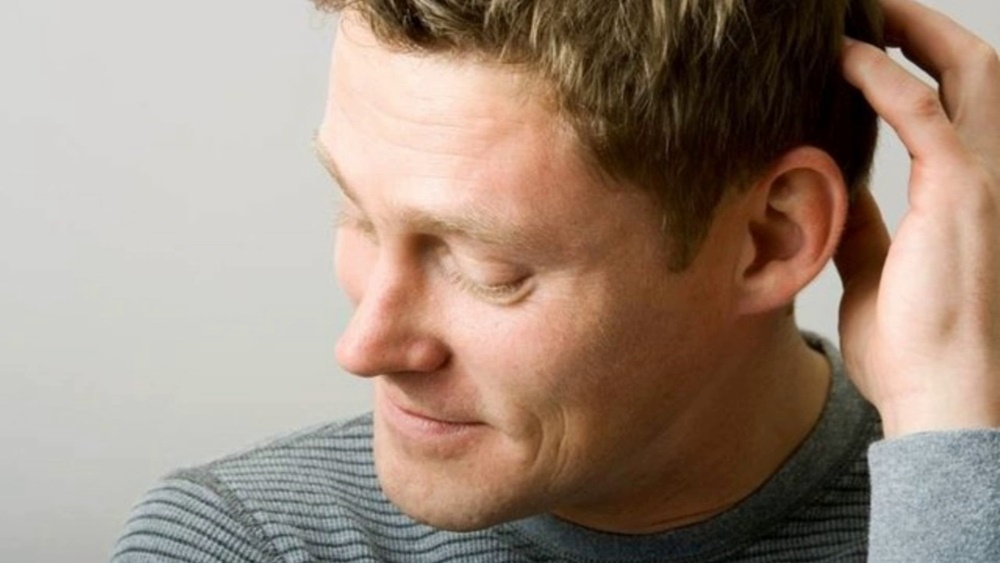Discover 10 key signs of negative body language and how they impact communication. Learn what gestures to look for, why they matter, and how to handle them effectively.
Table of Contents
Introduction
Ever walked into a room, and before anyone spoke a word, you just knew something was off? Yup, that’s body language working its magic—or rather, in this case, negative body language. Most people don’t realize how much our gestures, postures, and facial expressions give away. But when it’s bad, oh boy, it’s hard to miss!
Negative body language sends subtle (and sometimes not-so-subtle) signals that can totally derail a conversation, ruin relationships, or create unnecessary tension. And here’s the kicker—it happens without a single word! So, if you’re not paying attention to what your body is saying, you might be sending out some serious “back off” vibes.
Let’s dive into what negative body language looks like, how it can affect your day-to-day interactions, and the easy ways you can spot it. We’ll also throw in a few tips on how to manage it when you see it—because, let’s face it, we’ve all been guilty of crossing our arms when we’re a little peeved!
What Exactly Is Negative Body Language?

Negative body language is the non-verbal communication that hints at discomfort, disinterest, or even hostility. These gestures and movements can be anything from avoiding eye contact to crossing your arms tightly. While it might seem subtle, it’s powerful enough to completely shift the mood of any conversation.
The tricky thing? We often don’t even realize we’re doing it. And that’s why understanding these signs is so important!
Common Types of Negative Body Language
Negative body language can be broken down into several categories, such as:
- Facial expressions (frowning, eye rolls)
- Gestures (crossed arms, tapping feet)
- Posture (slouching, turning away)
- Eye contact (avoiding or glaring)
When these behaviors show up, they usually signal that something’s not quite right, and the vibe instantly shifts. It’s like an invisible alarm that goes off in social situations.
10 Signs of Negative Body Language You Need to Watch Out For

So, how can you recognize negative body language? Let’s get into some specifics! Here are 10 tell-tale signs to look for next time you’re in a conversation, whether it’s a casual chat or a serious discussion.
Crossed Arms
This one’s classic! Crossed arms can scream defensiveness or discomfort. While some people do it out of habit, when paired with a stiff posture or a frown, it’s usually a sign that someone is mentally checking out or feeling closed off.
Avoiding Eye Contact
We all know the power of eye contact, right? It shows interest, engagement, and connection. But if someone’s constantly looking away or avoiding your gaze altogether, it’s a sign they’re not comfortable or maybe even hiding something.
Tense Jaw or Frowning
Facial expressions are hard to fake. If someone’s brow is furrowed or they’re clenching their jaw, they’re likely frustrated, anxious, or unhappy. And guess what? You don’t even have to ask them how they feel—you can see it plain as day!
Slouching
Good posture radiates confidence and attentiveness. On the flip side, slouching or sinking back into a chair usually points to boredom, lack of interest, or fatigue. It’s like the body’s way of saying, “I really don’t care.”
Fidgeting
Tapping fingers, shaking legs, or constantly playing with objects can be signs of anxiety or impatience. When someone’s all fidgety, it can be hard to focus on the conversation because you can just sense that they’re distracted or eager to leave.
Rolling Eyes
Eye-rolling is the ultimate gesture of contempt or frustration. It’s one of those “oh no, you didn’t” signs that someone’s had enough of the conversation. If you see this, chances are the person has checked out emotionally.
Turning Away
When someone turns their body away from you during a conversation, it can indicate that they’re mentally (and physically!) disengaging. It’s a subtle way of saying, “I’m done here” without actually using those words.
Rigid Posture
Stiff or overly straight posture can signal discomfort or tension. When someone’s sitting like they’ve got a rod up their spine, they’re likely feeling uneasy or defensive.
Clenched Fists
Ever notice someone’s hands balled up into fists during a heated argument? That’s a pretty clear sign of anger or frustration bubbling under the surface.
Forced Smile
A real smile lights up the entire face, but a forced smile? You can spot it from a mile away! If someone’s smiling but their eyes remain cold or neutral, it’s a sign that they’re faking it and don’t genuinely feel happy or engaged.
Why It Matters

Why should you care about negative body language? Well, for starters, it can make or break a conversation. Even if you’re saying all the right things, your body might be sending out a completely different message. And trust me, people pick up on that!
In social settings, negative body language can create barriers and make others feel uncomfortable, judged, or even threatened. In professional environments, it can damage teamwork, weaken leadership, and reduce overall productivity. No one wants to work with someone who constantly rolls their eyes or slouches during meetings, right?
By becoming more aware of your own body language—and spotting it in others—you can improve your communication skills and build stronger, more positive connections.
How to Manage Negative Body Language

Now that you know what to look for, how do you handle it? Whether it’s your own body language or someone else’s, here are some tips:
Self-Awareness
Start by being mindful of your own gestures and expressions. Are you crossing your arms during an argument? Try relaxing them to appear more open and approachable.
Open Posture
Keep your body language open and relaxed. Face the person you’re speaking with, maintain eye contact, and avoid defensive gestures like crossing your arms.
Stay Calm
If you notice negative body language in someone else, don’t react with defensiveness. Instead, address the issue calmly and constructively. Sometimes, just asking if everything’s okay can help clear the air.
Mirror Positivity
If someone’s showing signs of discomfort, try mirroring positive body language yourself. Smile, nod, and lean in slightly to show interest and encourage a more open interaction.
Conclusion
Negative body language is like a hidden language we all speak, whether we realize it or not. It can be subtle, but its impact is undeniable—affecting both personal and professional relationships. By recognizing the signs and managing your own gestures, you’ll be able to communicate more effectively and avoid any unintentional misunderstandings.
So next time you catch someone crossing their arms or rolling their eyes, you’ll know exactly what’s up! And hey, maybe it’ll help you rethink that stiff posture during your next meeting, too!
Benefits of Body Language: Unlocking the Hidden Advantages!
For Video Content: Checkout Our Youtube Channel
FAQs About Negative Body Language
Q: Is crossing your arms always a sign of negativity?
A: Not necessarily. Some people just do it out of habit or because they’re cold! But when it’s paired with other signals like a frown or tense posture, it can indicate discomfort.
Q: How can I stop myself from showing negative body language?
A: Start by being aware of your gestures. Once you catch yourself using negative body language, take a deep breath, and make a conscious effort to relax your posture or facial expression.
Q: What should I do if I notice negative body language in someone else?
A: Don’t jump to conclusions. Instead, ask open-ended questions to gauge how they’re feeling. You might find that they’re just tired or distracted, not necessarily upset.
By: Ardan Sharma



Pingback: Aggressive Body Language: What Are You Really Saying?